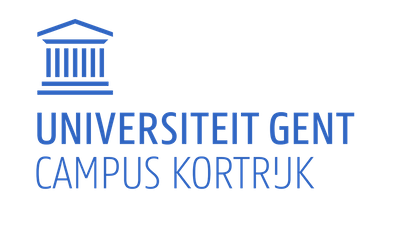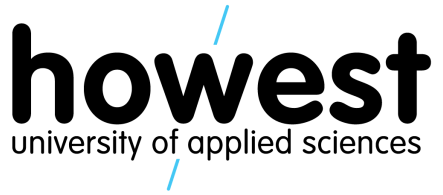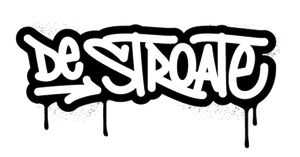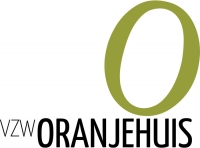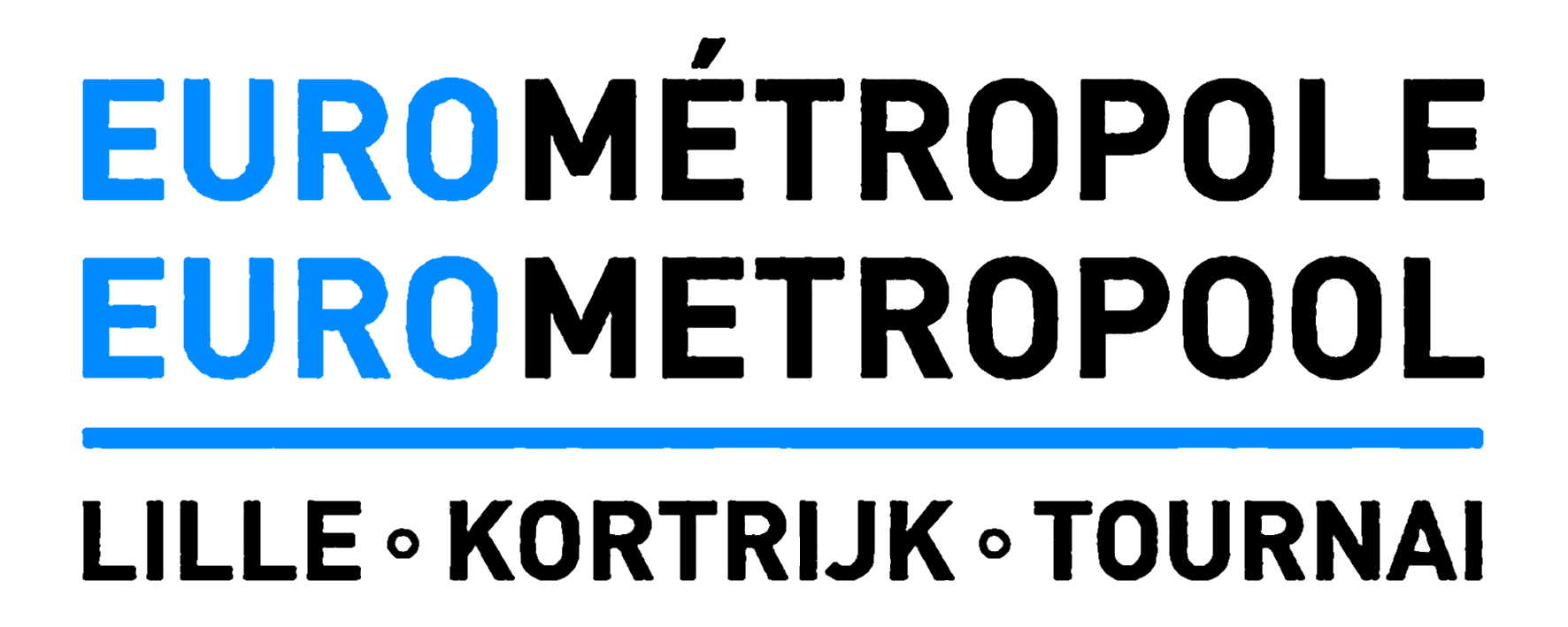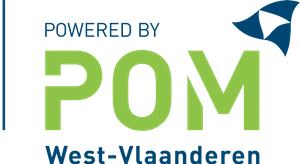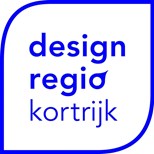LIVING WATERSCAPES
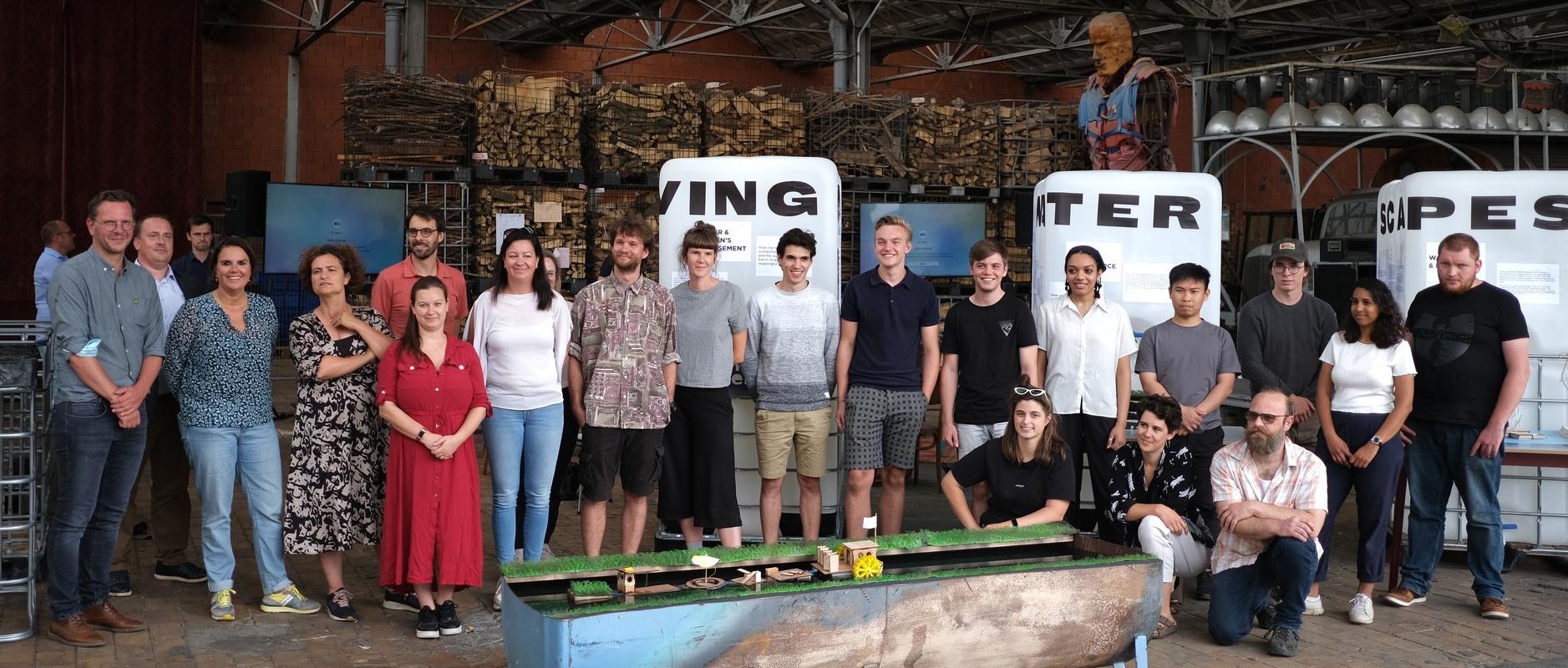
Eleven Belgian and international young creatives with different backgrounds and expertise came together to reimagine the future of urban waterscapes in Kortrijk.
The educational program was created following closel the structure of a design sprint and with an explicit hands-on vocation, whilst focusing on a contemporary pressing issue.
The whole cohort was supported across the duration of the projec by coaches helping them to develop their ideas and to present them. Moreover, throughout the week, the participants attended a series of
inspirational presentations from local innovators and thinkers to broaden their horizons. All the participants had access to state of the art workshops and fablabs to complete their creations the Industrial Design Center [Howest], the Maaklab [VIVES Hogeschool] and the BUDA::Lab.
Each participant was assigned to a group following a theme.
Each group worked closely with a network of partners who have expertise in the themes tackled and are looking for outside the box interventions. The participants worked together in teams to create three projects that analysed the complex and systematic challenges they were being confronted with. Their elaborations speculatively intervened on the territory, but you might see them soon realized in
your surroundings... The ultimate goal of this experience, which was achieved successfully, waas to strengthen the links between different creative and entrepreneurial communities in the territory of Kortrijk and to initiate an international network of young practitioners that work on geography-specific issues through design thinking and different creative approaches.
The educational program was created following closel the structure of a design sprint and with an explicit hands-on vocation, whilst focusing on a contemporary pressing issue.
The whole cohort was supported across the duration of the projec by coaches helping them to develop their ideas and to present them. Moreover, throughout the week, the participants attended a series of
inspirational presentations from local innovators and thinkers to broaden their horizons. All the participants had access to state of the art workshops and fablabs to complete their creations the Industrial Design Center [Howest], the Maaklab [VIVES Hogeschool] and the BUDA::Lab.
Each participant was assigned to a group following a theme.
Each group worked closely with a network of partners who have expertise in the themes tackled and are looking for outside the box interventions. The participants worked together in teams to create three projects that analysed the complex and systematic challenges they were being confronted with. Their elaborations speculatively intervened on the territory, but you might see them soon realized in
your surroundings... The ultimate goal of this experience, which was achieved successfully, waas to strengthen the links between different creative and entrepreneurial communities in the territory of Kortrijk and to initiate an international network of young practitioners that work on geography-specific issues through design thinking and different creative approaches.
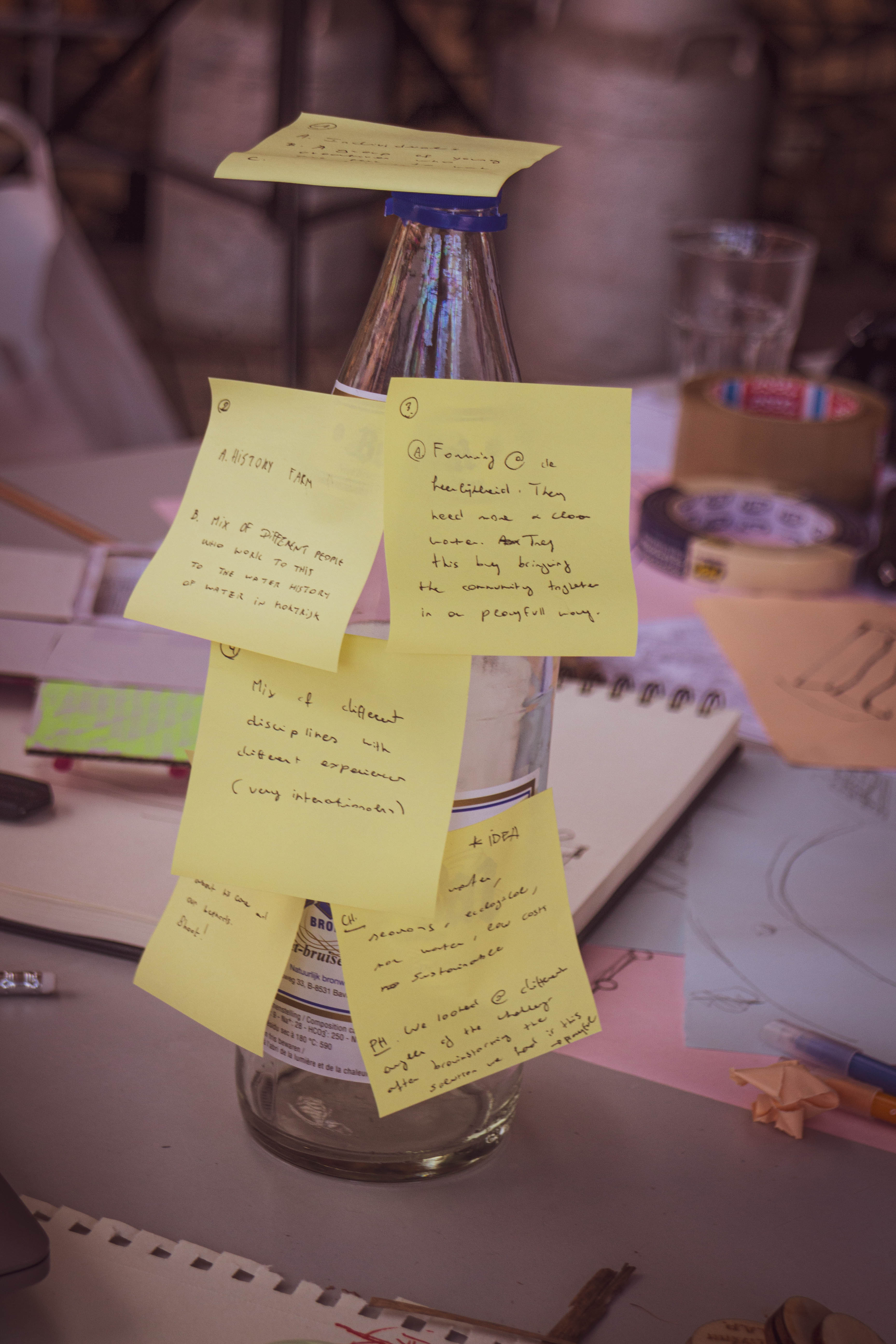
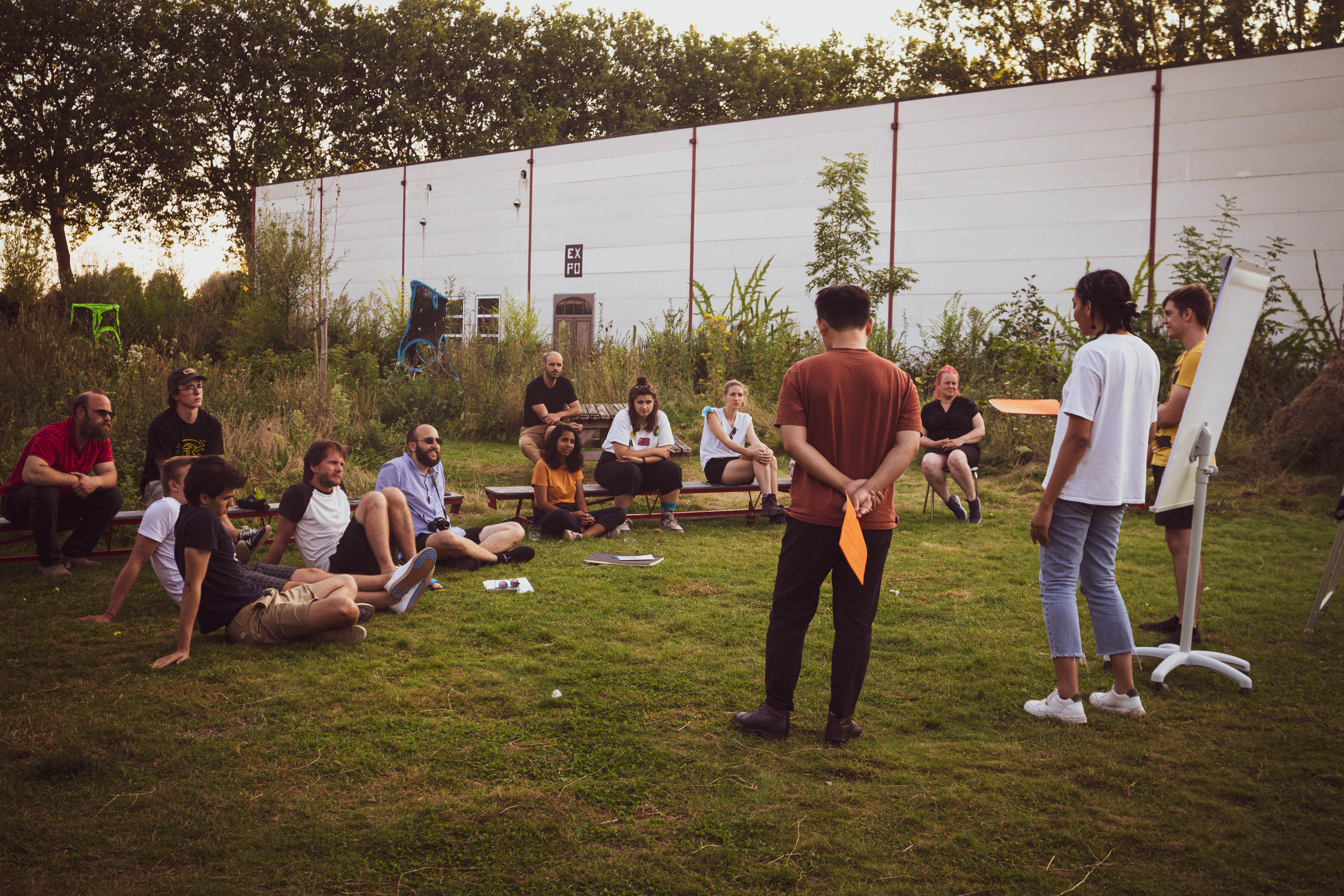

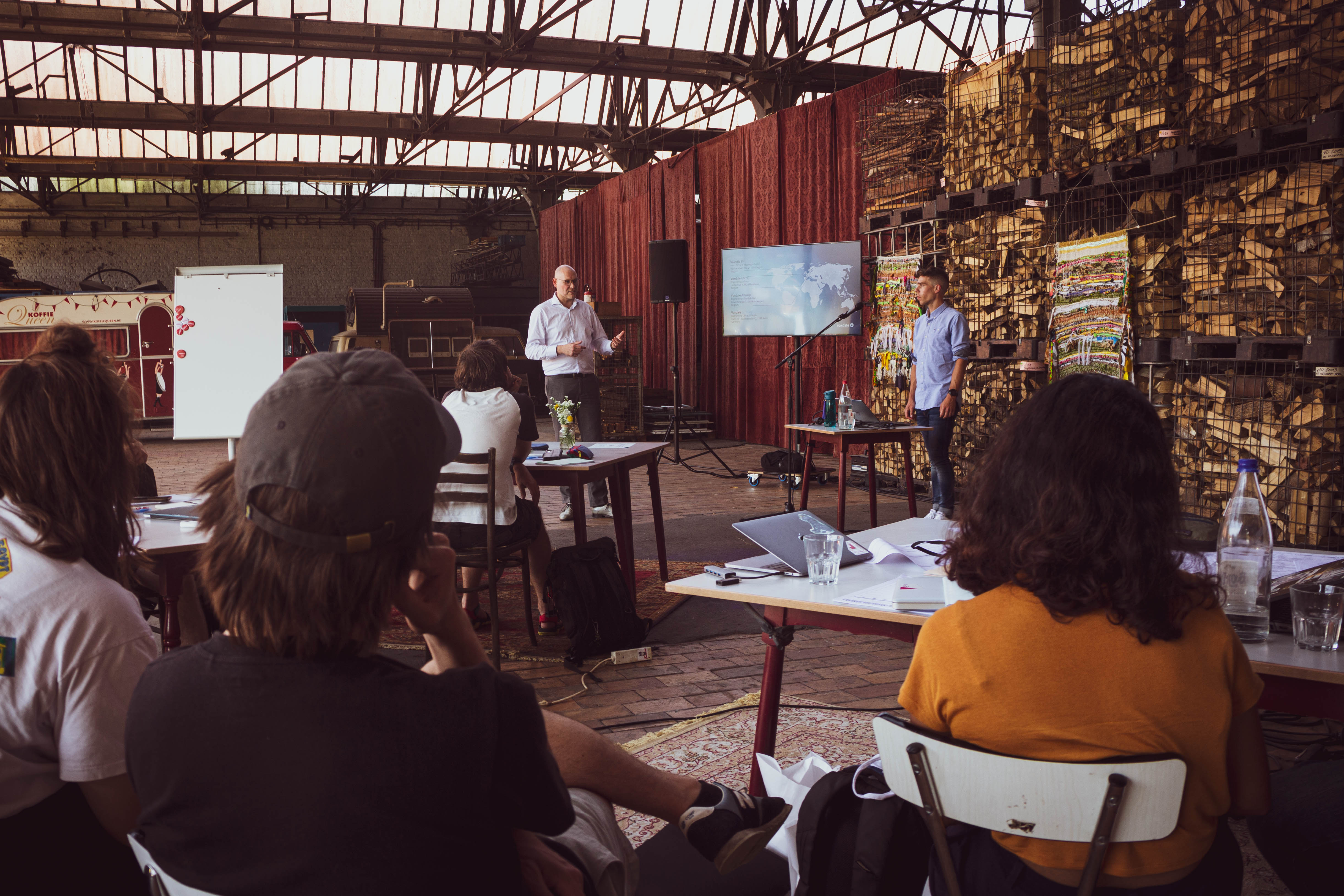
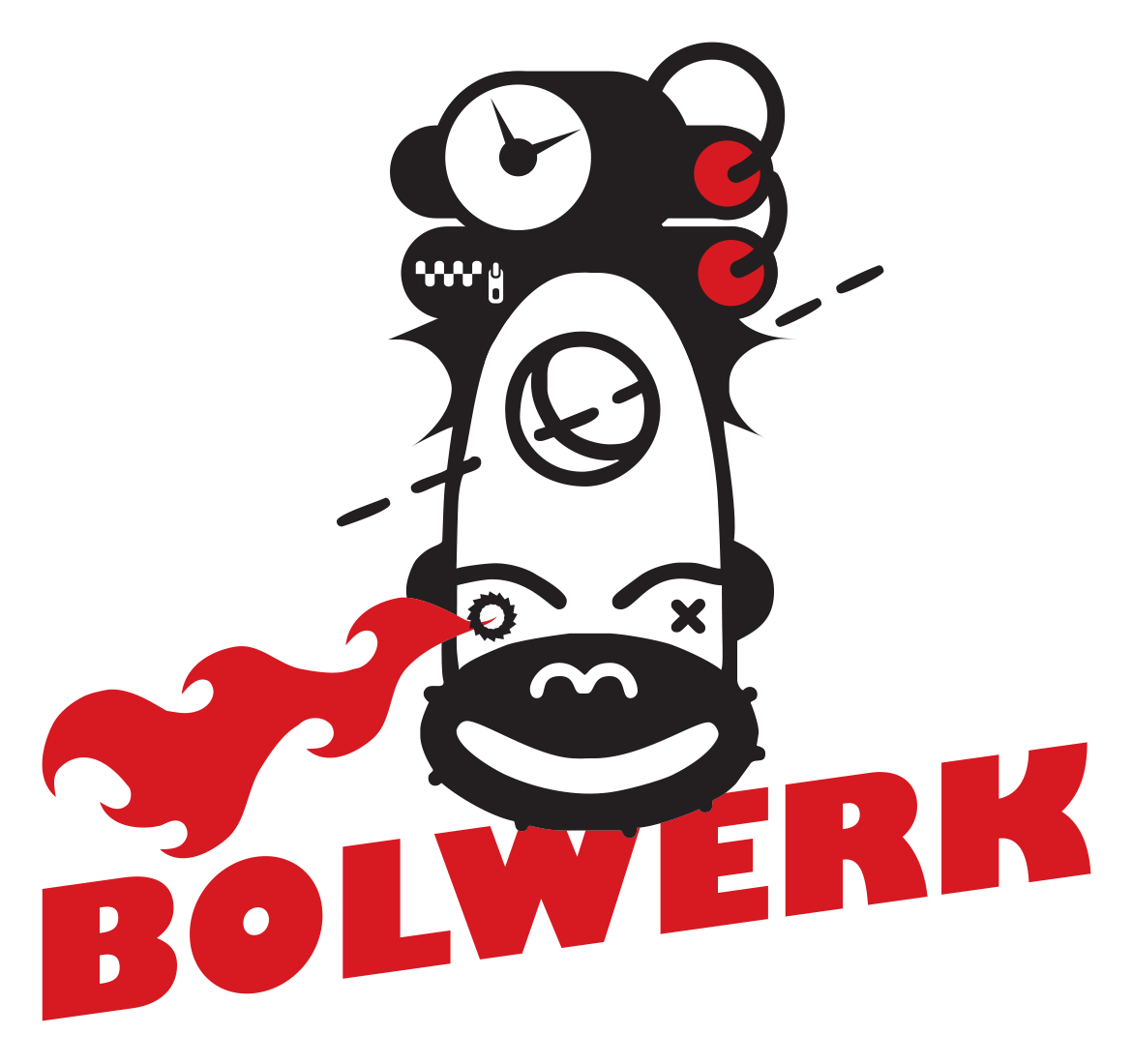

WATER & SOCIAL ENGAGEMENT
How can we restore the connection between citizens an the waterscapes
they live in, in playful and meaningful ways?
they live in, in playful and meaningful ways?
Arts, culture and creativity are becoming an important tool to
support sustainability, diversity, participation and equality. With
water access in Belgium becoming progressively less accessible in
spontaneous ways, we’re losing its catalyst function in bringing
communities together, which is impacting our cultural development.
Moreover, by making the relationship with urban water exponentially
removed, we incur the risk of depriving the citizens of valuable
educational experience regarding water and water safety.
How can play and culture bring us back to our waterscapes and closer to one another?
Brief Partners:
BOLWERK
Bolwerk is one of the cultural
hotspots in the Eurometropolis, connecting people from all
backgrounds and ages. They are
strongly committed to rethinking culture as a catalyst for social and
environmental change. They have been a key partner in the creation
of the Living Waterscapes Summer School, hosting the cohort in their
paradisiac settings.︎︎︎ Bolwerk
POOL IS COOL
POOL IS COOL is a NGO whose
mission is to increase accessibility to water in urban context in playful ways. They started from Brussels, where they opened the first public and free swimming pool of the
Belgian capital. Where next?︎︎︎ POOL IS COOL
#LZSB
#LZSB is a collective who connects
people with their surroundings through unpredictable and
unexpected public interventions. As part of their practice, they want
to encourage wild swimming.︎︎︎ #LZSB

WATER & RESOURCES
How might we infiltrate and reuse water in a more sustainable waywithin an urban context?
Water is the most important resource for humanity.
We consume it on a daily basis but we also use it to cook, clean, wash
and many more vital functions. In Flanders alone we use 745 m3
of water every year, one third of which is used by households.
Moreover the use of water per household has been progressively
increasing over the last generations.
Our cities should be able to capture more
rainwater to offer it back to our
communities. How could we make this
possible in an educational way ?
DE WATERGROEP
De Watergroep, is one of the major water providers in Flanders.
It has been actively working on sustainable solutions to decrease the impact on the environment within the drinking water production cycle. Furthermore, they are raising awareness on the importance of using water more consciously.
︎︎︎ De Watergroep
and many more vital functions. In Flanders alone we use 745 m3
of water every year, one third of which is used by households.
Moreover the use of water per household has been progressively
increasing over the last generations.
Our cities should be able to capture more
rainwater to offer it back to our
communities. How could we make this
possible in an educational way ?
Brief Partner:
DE WATERGROEP
De Watergroep, is one of the major water providers in Flanders.
It has been actively working on sustainable solutions to decrease the impact on the environment within the drinking water production cycle. Furthermore, they are raising awareness on the importance of using water more consciously.
︎︎︎ De Watergroep


WATER & FARMING
How might we mitigate the consequences of climate change for local
farmers in a sustainable and community focused way?
farmers in a sustainable and community focused way?
In the years prior to 2021 rainwater levels fluctuation has been one of
the biggest issues in Kortrijk’s farming community. In fact, in the past
few years Flanders has been facing more extreme weather conditions
alternating between very hot and dry periods and very humid and
rainy ones.
Farms, big or small, are especially facing the challenge of storing,
keeping healthy and transporting water. The Heerlijkheid Van Heule,
amongst them, would like to achieve this goal in an ecological way
involving its community. How can design support them?
the biggest issues in Kortrijk’s farming community. In fact, in the past
few years Flanders has been facing more extreme weather conditions
alternating between very hot and dry periods and very humid and
rainy ones.
Farms, big or small, are especially facing the challenge of storing,
keeping healthy and transporting water. The Heerlijkheid Van Heule,
amongst them, would like to achieve this goal in an ecological way
involving its community. How can design support them?
Brief Partners:
HEERLIJKHEID VAN HEULE
The Heerlijkheid Van Heule is anecological farm surrounded by water with a social and ecological vocation, which welcomes its neighbourhood to join in theiractivities, through events, programs and volunteer work.
︎︎︎ Heerlijkheid Van Heule & Het OranjeHuis
STADSBOERDERIJ
Stadsboerderij is a network that connects farmers and citizens, city and countryside by creating a fair
market for regional organic agricultural production. They work with a
wide network of local producers on the territory of Kortrijk to achieve
their vision.︎︎︎Stadsboerderij Kortrijk
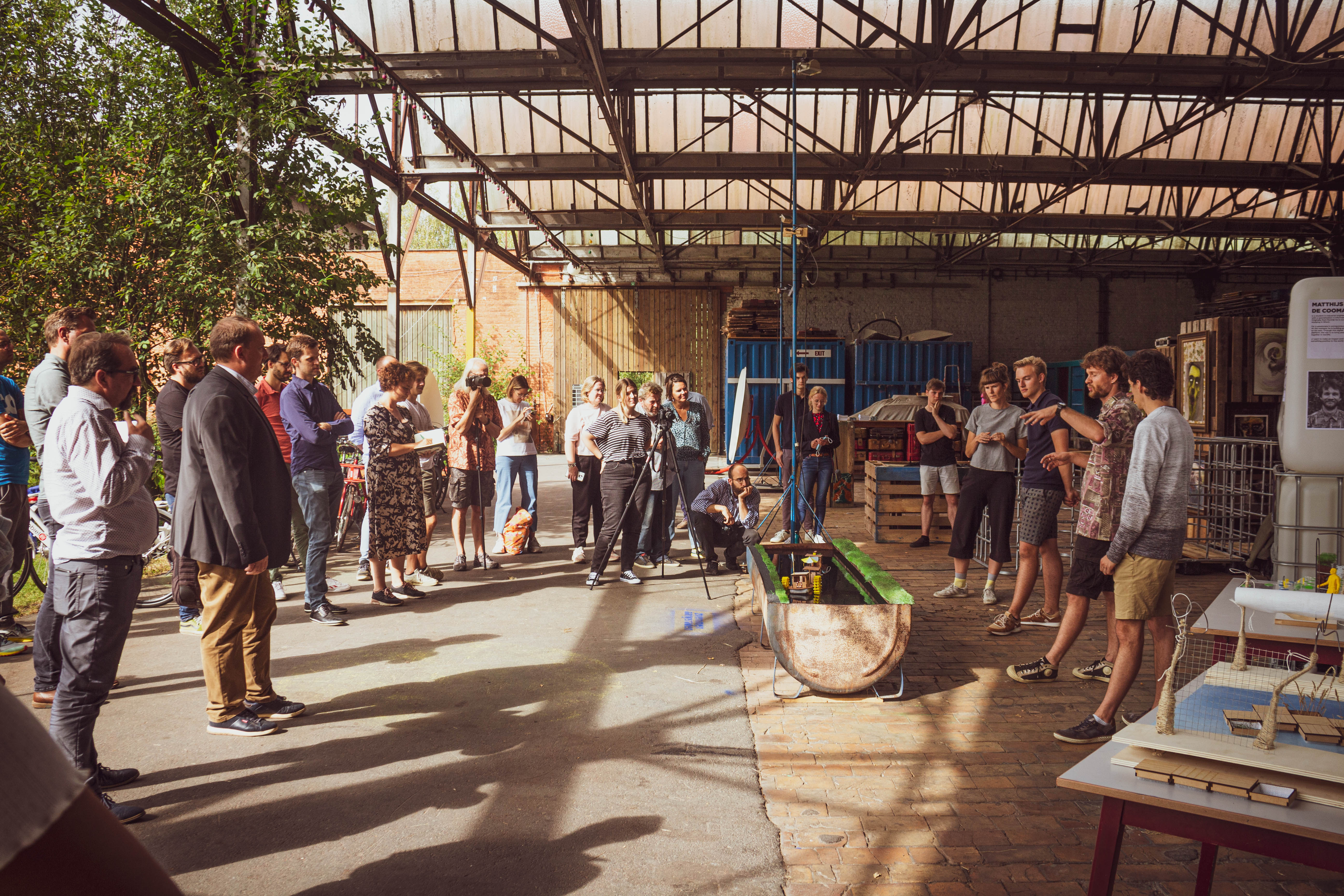

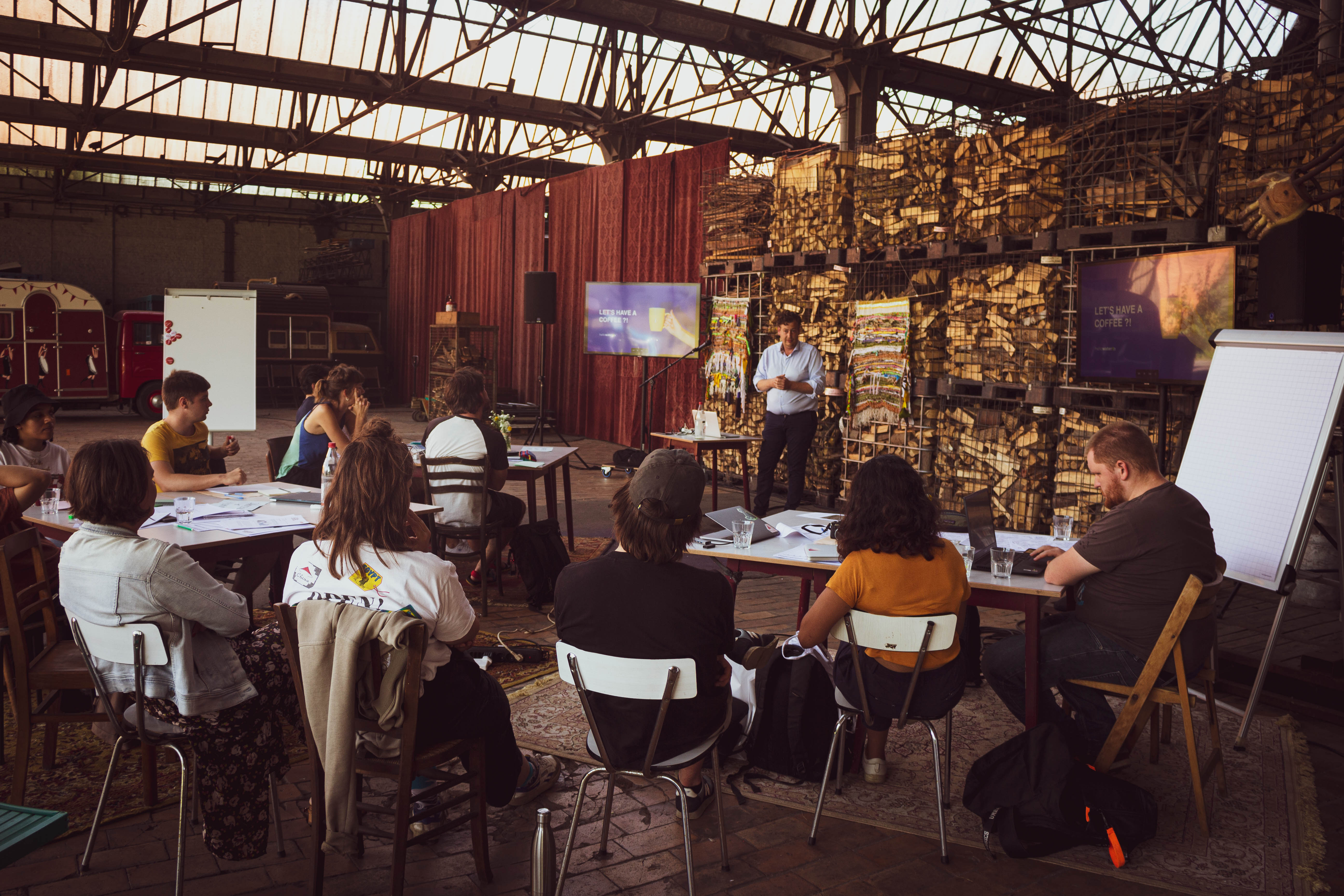
Project 1: Water & Social Engagement
How can we restore the connection between citizens and the waterscapes they live in, in playful and meaningful ways?
A modular floating structure that parades along the canals surveying swimmable spots whilst teaching about water safety to curious citizens in a playful way.
The week of the summer school might have been the warmest week of this Belgian summer. During our breaks, we were in need of a place to cool down from the heat.
In Switzerland, during summer, people in cities such as Basel, Geneva, Zurich and Bern, meet each other at the river to swim, to play, to relax. Strikingly, Kortrijk has a lot of beautiful water landscapes that could serve as swimming places.
However, it is forbidden to swim in the open
water. Inspired by the Swiss bathing culture we want to change a risk avoiding mindset that is specific to Belgian culture.
With this intervention we aim to make the waters of Kortrijk accessible in a playful and conscious way. We wish to reconnect the people of Kortrijk by creating an enjoyable experience at the water, while at thesame time creating awareness on the challenges of these waters, and the risks and responsibility that come along with swimming in the wild.
After a week of research, we developed a proposal for an artistic interventionin the form of a floating parade that travels around the waters of Kortrijk.
With this intervention we aim to make the waters of Kortrijk accessible in a playful and conscious way. We wish to reconnect the people of Kortrijk by creating an enjoyable experience at the water, while at thesame time creating awareness on the challenges of these waters, and the risks and responsibility that come along with swimming in the wild.






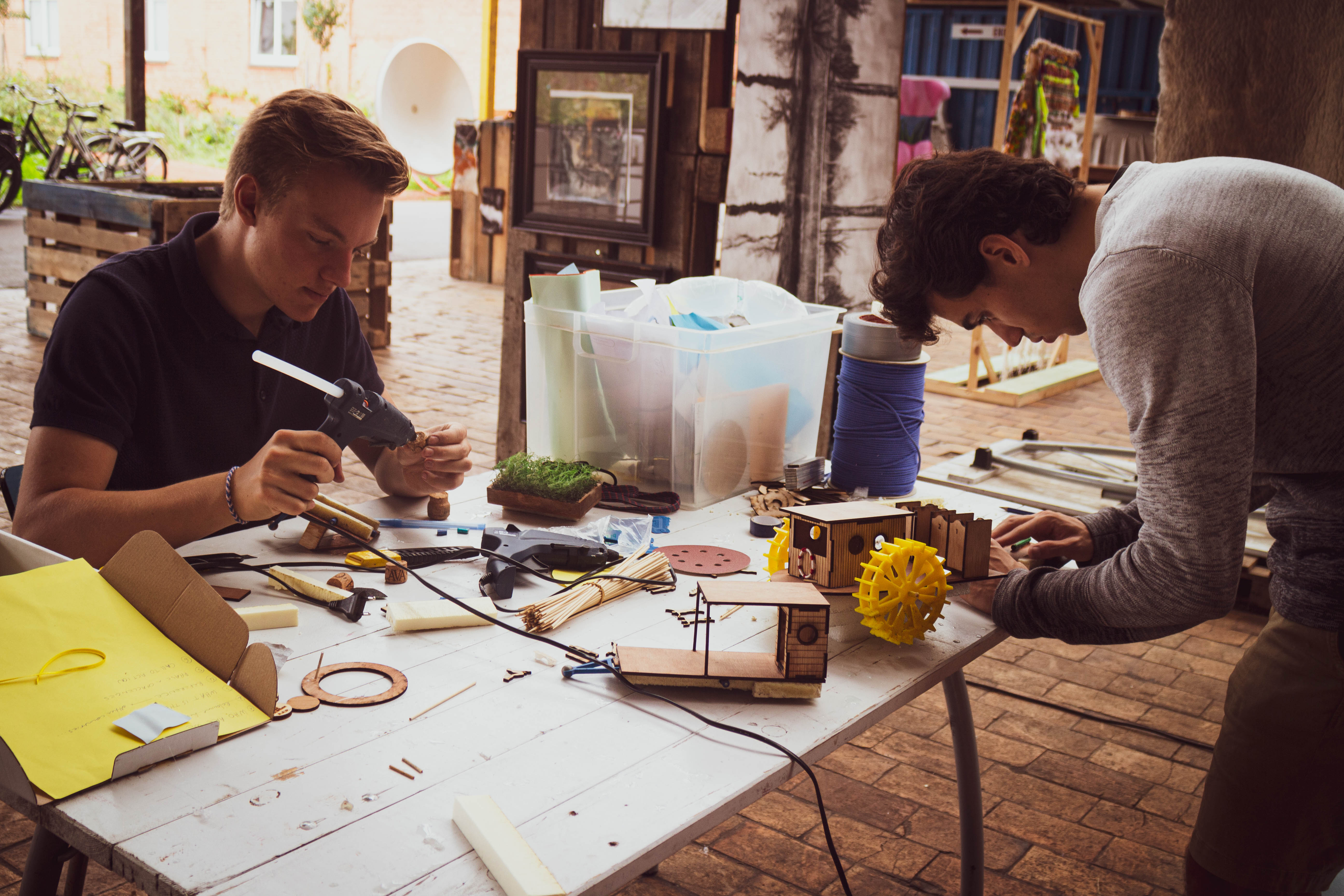
Project 2: Water & Resources
How might we mitigate the consequences of climate change for local farmers in a sustainable and community focussed way?
A model for using a nature-based filtration systems to collect and reuse rainwater, accompanied by a sculptural fountain to engage and activate citizens.
Our project proposes a potential future where we take the people along an experiential journey of functional green spaces that act a spaces of leisure but also teaches the people of the issues surrounding this area and how simple sustainable solutions can help sustain green spaces in an urban context. From green islands that promote natural infiltration techniques to depressed pools of water that catch rainwater before it runs off a nd evaporates.
Each landscape is connected to the sculptural tap that further filters the rain water caught in this connected system to be distributed to the public for free, but controlled to educate the public
on how high quality drinking water is not an infinite or readily available resource.
When water falls
in Kortrijk it is met
with mixed emotions of anxiety and relief.
From a region with a history of both drought and urban floods when current systems are overwhelmed. These dual realities open up conversations on how the city’s infrastructure manages excess rainwater and criticises the culture of relentless and unsustainable urban development and its effects. Our journey this week took us all over the city and culminated at the Broeltower steps where concrete landscapes of leisure have left the public unsatisfied with the lack of nature and greenery.
on how high quality drinking water is not an infinite or readily available resource.
When water falls
in Kortrijk it is met
with mixed emotions of anxiety and relief.
From a region with a history of both drought and urban floods when current systems are overwhelmed. These dual realities open up conversations on how the city’s infrastructure manages excess rainwater and criticises the culture of relentless and unsustainable urban development and its effects. Our journey this week took us all over the city and culminated at the Broeltower steps where concrete landscapes of leisure have left the public unsatisfied with the lack of nature and greenery.







Project 3: Water & Farming
How might we mitigate the consequences of climate change for local farmers in a sustainable and community focussed way?
A modular system for cleaning and filtering water around the farm, paired with a suspended playground which doubles down as a net to catch leaves (main source of water contamination).
When we visited the Heerlijkheid Van Heule, we felt like the quality of water is the main concern for the people working there. One of the workers told us that his dream was to be able to swim in it.
They already tried making a filter made from scrap materials like the barrel of a washing machine, but it broke recently. Because filtering is an important aspect of keeping water healthy, we wanted to make sure our concept had a natural filtering system. We came up with a sustainable floating filter system. The main function would be to filter the water with local water plants, stones and other natural materials.
We also designed extra modules like walking decks, cleaning decks for the crops, decks to catch and clean up the leaves and to play on sunny days. We wanted to bring together the local community and other stakeholders to help work on the project as a social project for the neighborhood to create a fun place to learn, create and play.
We also designed extra modules like walking decks, cleaning decks for the crops, decks to catch and clean up the leaves and to play on sunny days. We wanted to bring together the local community and other stakeholders to help work on the project as a social project for the neighborhood to create a fun place to learn, create and play.







Participants

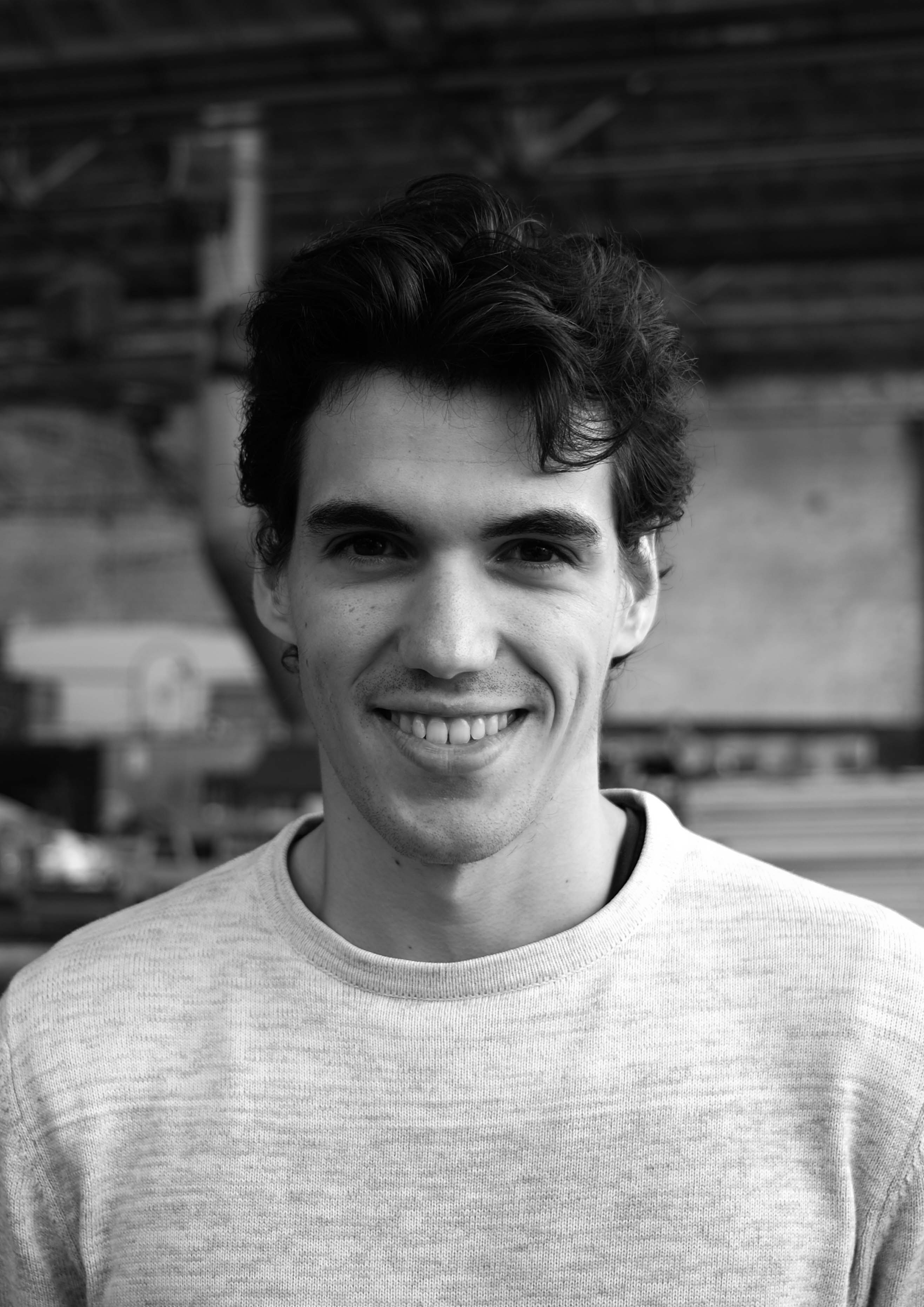
![Sofie DeckersSofie is an independent Graphic Designer and Scenographer. She graduated in 2019 from ‘HEAD’ in Geneva [Switzerland].](https://freight.cargo.site/t/original/i/6f72fc13a73e0248b920a468f27f3ae1e4c41b10bf10e411bf36c2f6a3e86a42/portraits-bw-7.jpg)
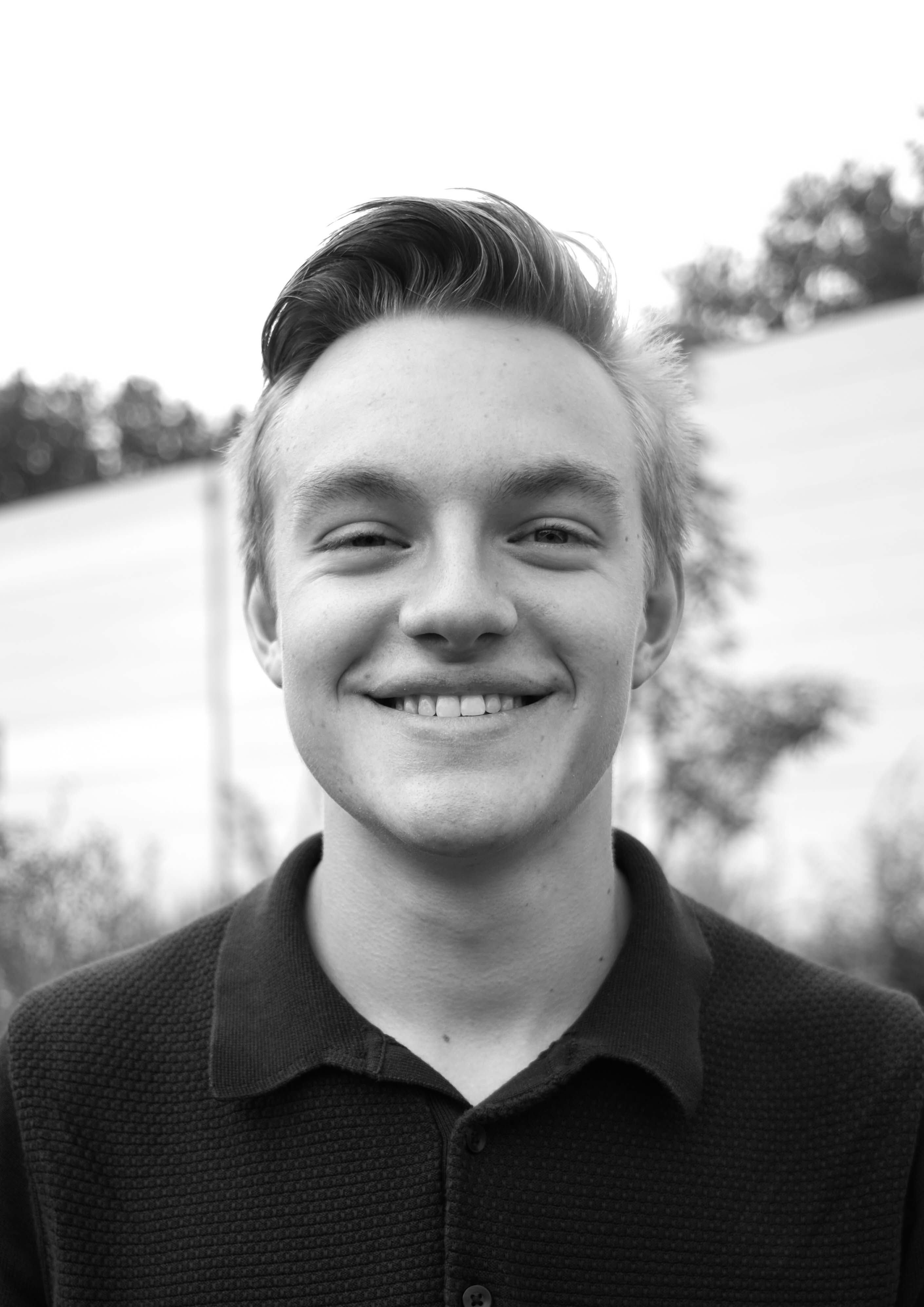
![Manon LambeensManon is a playful Belgian graphic and social designer [KASK, Ghent]. She focuses on accessible and engaging projects in public space.](https://freight.cargo.site/t/original/i/c10c15f45c6a5f90bdac18a809fff136bdd846d69d320242a817303bf2e1bb4e/portraits-bw-10.jpg)

![Tristan Isaac Tristan is a student in network economy, [Howest] passionate about music and media. Based in Kortrijk, he’s a volunteer at Quindo and De Stroate.](https://freight.cargo.site/t/original/i/59b2c0c5b582cd8e7edbf799e48da3a525c7bb775f31e412b264ce66ba0a4784/portraits-bw-11.jpg)


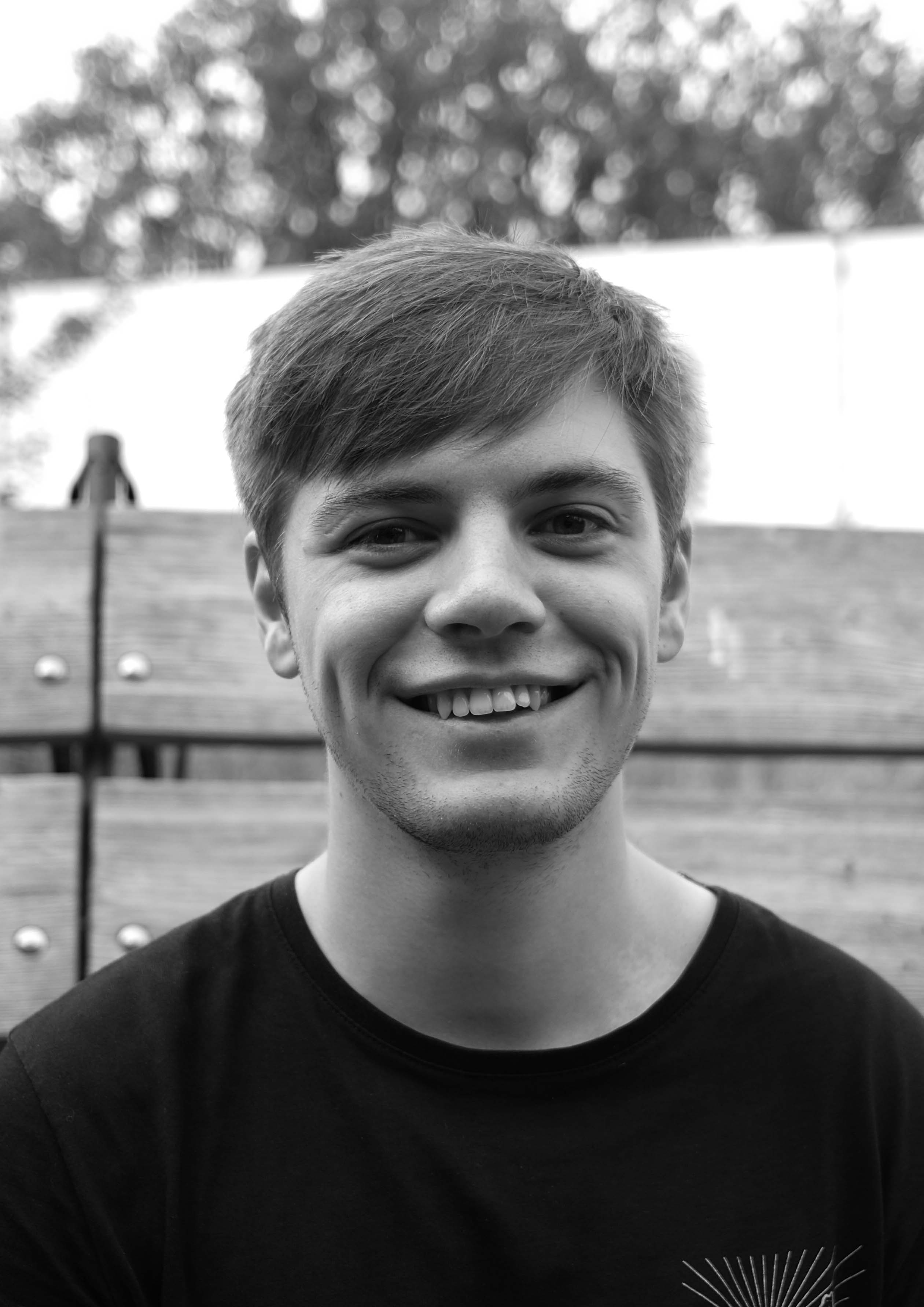
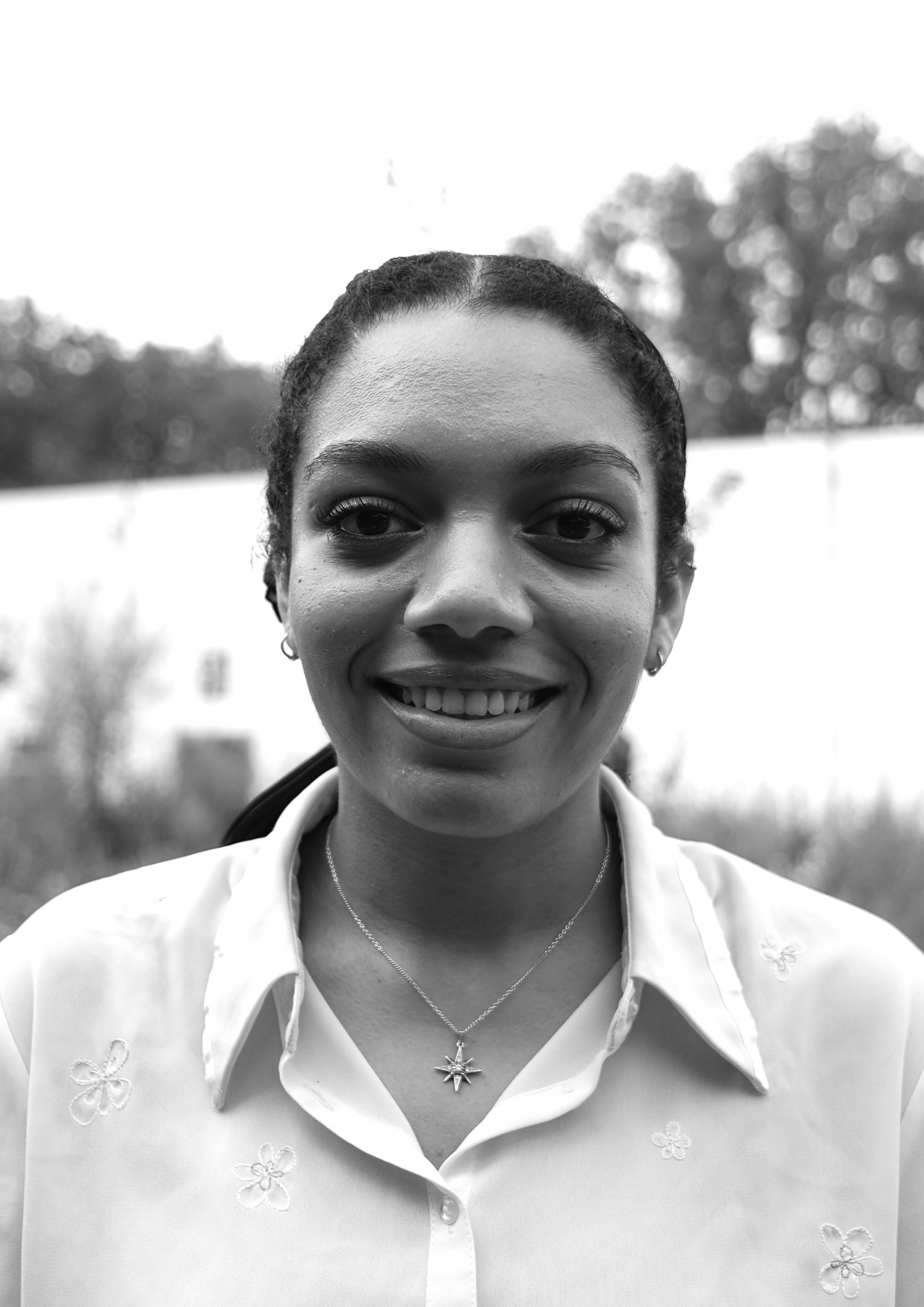
Exhibited at:
Seen on:


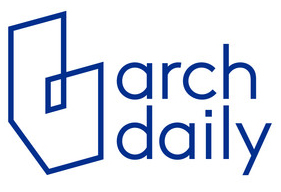
Partners:
